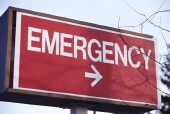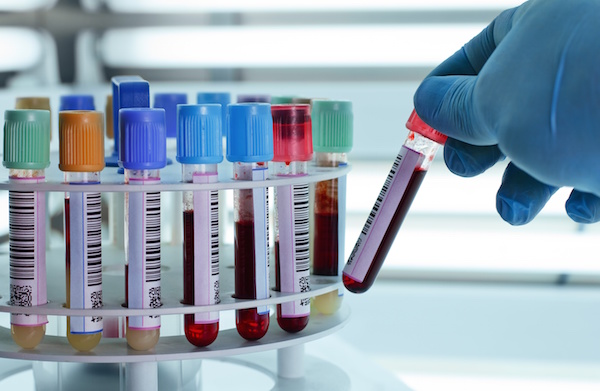
TUESDAY, Feb. 22 (HealthDay News) — Men and women with high triglyceride levels are at an increased risk of ischemic stroke, which typically occurs when blood flow to the brain is blocked by a build-up of fatty deposits within blood vessels, a new Danish study contends.
In fact, this stroke risk seems to be more pronounced for triglyceride fats than it is for cholesterol, even though cholesterol is currently the prime focus of current guidelines. These findings, the researchers said, suggest that triglyceride levels should be incorporated into stroke-prevention guidelines.
“There might be an association between elevated triglyceride levels and increased stroke risk,” said Dr. Tara Narula, a cardiologist with Lenox Hill Hospital in New York City. “All the guidelines really just focus on total cholesterol and LDL [low-density lipoprotein] cholesterol, and not on non-fasting triglycerides.”
The link between high cholesterol and stroke has never actually been proven, yet giving people the cholesterol-lowering drugs known as statins seems to lower their stroke risk. But statins also lower triglyceride levels, suggesting that this might be the mechanism at play.
High triglyceride levels may indicate the presence of fat particles similar to “bad” low-density lipoprotein (LDL) cholesterol, which can also contribute to the build-up of plaque in arterial walls.
“Triglycerides are associated with atherosclerosis; however, triglycerides in themselves are not causal in the pathogenesis of atherosclerosis,” explained Dr. Marianne Benn, senior author of the study, which appears in the Feb. 21 online issue of the Annals of Neurology. “They are a marker of high levels of atherogenic lipoprotein remnants [very low density lipoproteins and intermediate density lipoproteins].”
Stroke is the third leading cause of death in the United States, according to the American Stroke Association, and 87 percent of all cases are attributed to ischemic stroke, according to background information from the researchers.
In the Danish study, Benn and her colleagues looked at almost 14,000 men and women, all white, in Copenhagen, who had had baseline triglyceride and cholesterol levels taken between 1976 and 1978 and who were then followed for up to 33 years. During that time, 837 women and 837 men had an ischemic stroke.
For both men and women, higher non-fasting triglyceride levels were linked with an increased risk of stroke, even after adjusting for age, gender, smoking, alcohol use, lipid-lowering therapy, hormone therapy (in women) and other factors.
Women with triglyceride levels of 443 mg/dL had nearly quadruple the risk of suffering a stroke, compared to women whose levels were less than 89 mg/dL. Those with levels between 89 and 177 mg/dL had a 20 percent increased risk.
Mens’ increased risk ranged from 20 percent to 2.3-times higher, with the risk increasing as triglyceride levels went up.
Increased cholesterol was not linked to an increased risk of stroke in women, though it was in men whose cholesterol was 348 mg/dL or higher.
The American Heart Association characterizes “normal” triglyceride levels as lower than 150 mg/dL.
Based on the findings of this latest study, “desirable levels of triglycerides are below 180 to 200 mg/dL,” said Benn, who is with Copenhagen University Hospital in Denmark.
“Patients should attempt to reach this goal through lifestyle changes [weight loss, reduction of intake of saturated fatty acids, cholesterol, and alcohol, more exercise, and cessation of smoking],” she said.
If that doesn’t work, the provider should move to medication, he added. “If triglyceride levels are still above 200 mg/dL after three months,” she said, “the patient should be treated with lipid-lowering medication [statin, fibrates, and niacin].”
More information
The American Heart Association has more on triglycerides.

